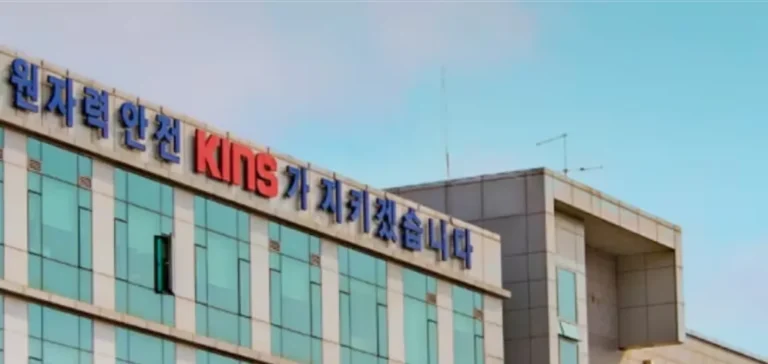South Korea has announced the upcoming submission to the International Atomic Energy Agency (IAEA) of the first-ever safeguards technical report for a small modular reactor (SMR), marking an unprecedented milestone in the development of this type of nuclear technology. The reactor, SMART100 (System-integrated Modular Advanced Reactor 100), is developed by the Korea Atomic Energy Research Institute (KAERI), with support from Korea Hydro & Nuclear Power and the King Abdullah City for Atomic and Renewable Energy.
A global first in the SMR sector
This report, known as the Safeguards Technical Report (STR), is part of the “safeguards by design” (SBD) concept promoted by the IAEA to incorporate safeguards requirements from the earliest design stages of reactors. The goal is to enable early verification of nuclear material and minimise late-stage design modifications. The project is part of the Member State Support Programme (MSSP), involving 24 member states that provide extrabudgetary support to the IAEA, 10 of which specifically focus on integrating safeguards in various SMR designs, both land-based and marine-based.
SMART100 stands out as the first SMR worldwide to formalise this process. This integral pressurised water reactor, with a thermal output of 365 MW and an electric output of 110 MW, is designed for both electricity generation and thermal applications, such as seawater desalination. It features a compact layout and a passive safety system capable of cooling the reactor without external power supply, using natural forces like gravity and fluid density differences.
Addressing international transparency requirements
KAERI stated that the development of SMART100 prioritised safety, operational economics, and regulatory compliance by integrating safeguards requirements from the design phase. This approach is intended to reduce regulatory uncertainty during commissioning and to accelerate deployment timelines.
The STR will soon be reviewed by the IAEA to confirm the design’s capability to ensure effective control of nuclear material, including inspection access, material accountancy, and design information verification. Once validated, this process could serve as a model for other SMR developers.
A precedent for next-generation reactors
SMART100 builds on the original SMART model, the first SMR to receive standard design approval in 2012. With a 60-year lifespan and a three-year refuelling cycle, the reactor is targeted at markets requiring both energy generation and industrial heat.
By positioning SMART100 as the first reactor to achieve international recognition for both safety and safeguards, South Korea aims to reinforce its technological and regulatory credibility in the global modular nuclear market.






















